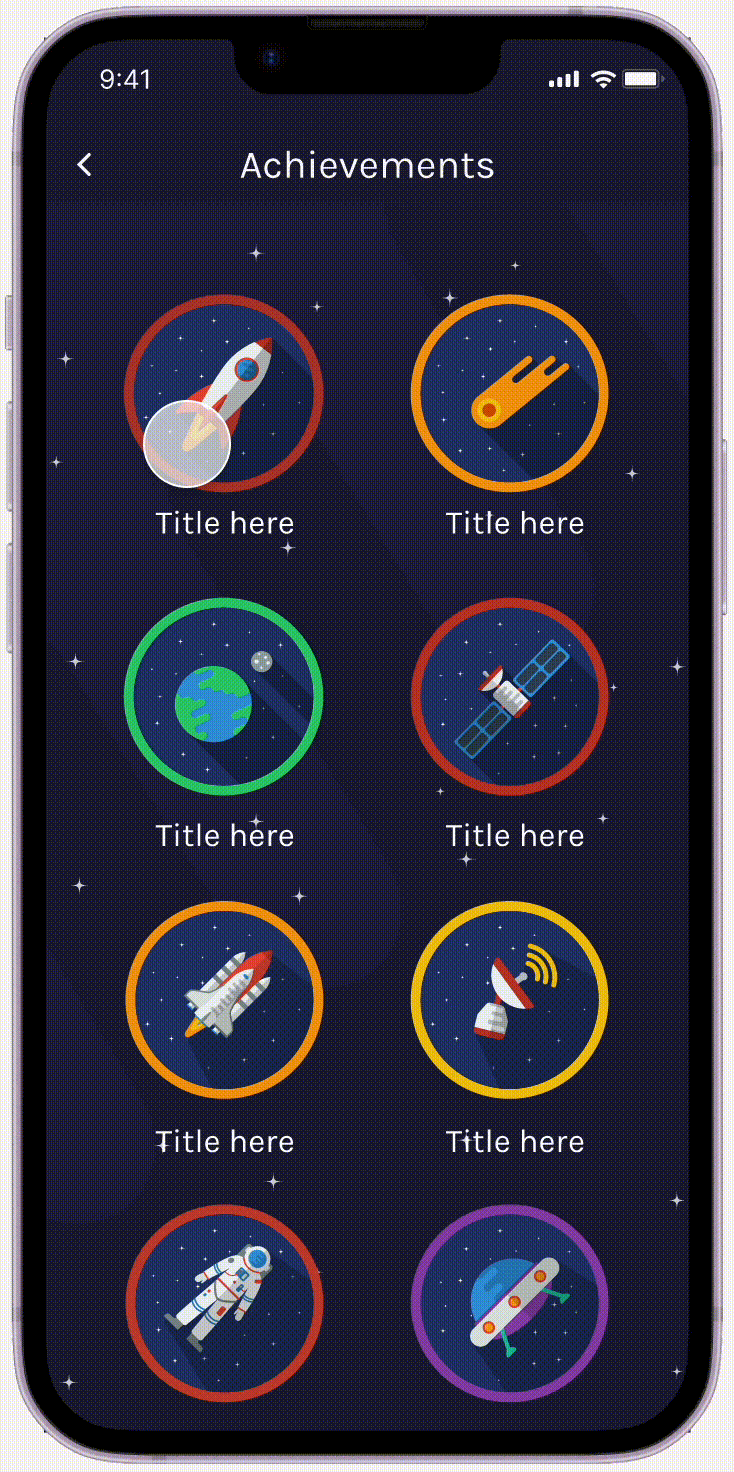Aptive - Online Guidance Platform
Converting passive learning into action.
Aptive aims to give students results-driven guidance in the college application process, but how do you present the content in a way that’s motivating and meaningful?
Role
Founding Product Designer
Year
2023
Team
Product Owner
Product Manager
Engineering Lead
Content Strategist
Deliverables
Mobile App Designs
Workshop
Brand Kit
Prototypes
Hi-Fi Mockups
Digital & Physical Assets
There was no clear way to navigate through the material.
There was no prioritization of content.
Make it stand out.
A workshop helped us move quickly and collaboratively.
Over 3 weeks, I gave them take home exercises and facilitated team brainstorm sessions to nail down user journey.
This was critical in pivoting rom designing for a user, not a market.
In lieu of actual artifacts, I had them do a creative writing exercise.
How might we help our students feel hopeful and empowered?
Take a minute to write an introduction that is short, sweet, and to the point. If you sell something, use this space to describe it in detail and tell us why we should make a purchase. Tap into your creativity. You’ve got this.
We landed on three principles to help guide our content decisions.
Always give them an easy way in — something to do every time they enter the app to prevent decision fatigue.
Frame lessons around the goal objective to encourage action rather than passive consumption.
Focus on building confidence by rewarding action rather than “grading” their performance.
We took the guesswork out of, “What’s next?”
App will generate the most timely action items and then place them right at the top. These can be assignments from their course, watching the next video, etc.
Limited “recommended” content to 3 in each category to prevent cognitive overload.
Featured course completion banner on homepage to motivate student
We designed for proactivity to support student success.
Clicking content gives you a “bookend” with activity goals & approximate time to completion
This allows learner to plan, prepare, and control their own learning, as per learning design principle
Self-regulation allows students to become less reactive and more proactive in their learning.
Source: MIT Teaching + Learning Lab
Learning is in the details.
Information organized under 3 tabs (About/Transcript, Mission, Playlist) to better direct student’s attention
Transcription & timestamps added for accessibility & to support learning by allowing dual processing of audio & visual content
Non-linear gamification scheme to provide flexibility.
This was a less linear option that allowed for more flexibility with rewarding students.
No need for XP with this model. (Important if team still needed time to do the math.)
Badges that are yet to be achieved would be grayed out (not hidden) as to provide incentive.





